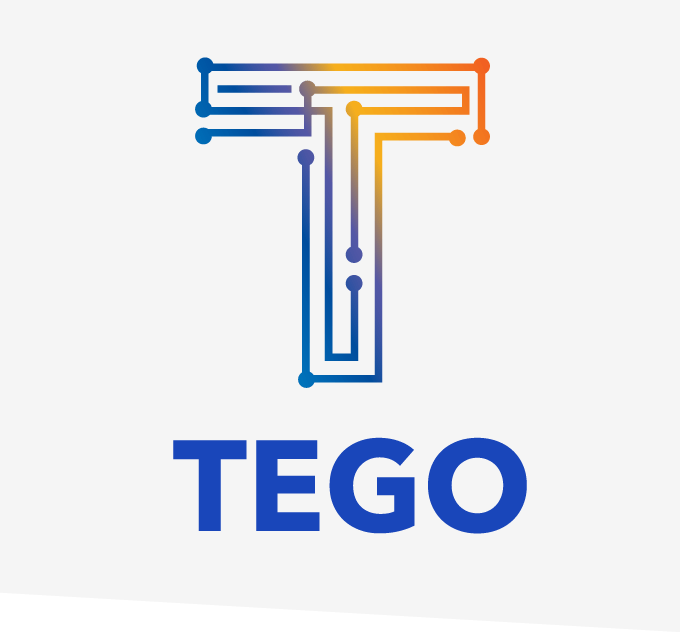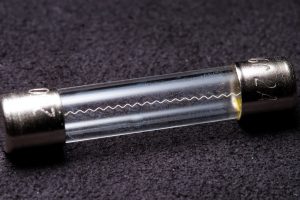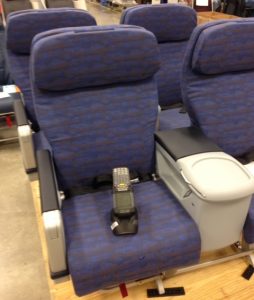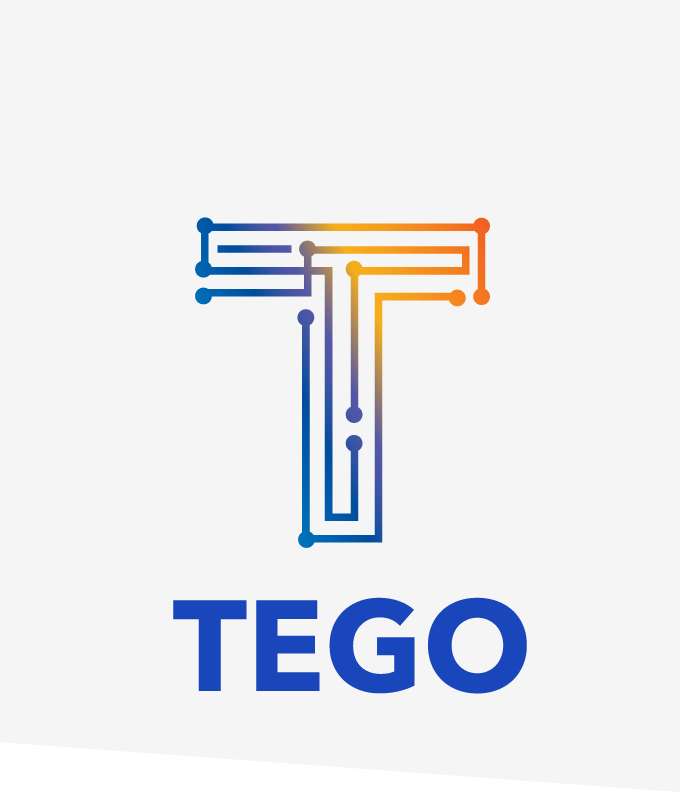Secret Sauce – Part 4
Alright, this is it – the last of a four-part series on the ins and outs of non-volatile memory and radiation resistance. By now you should feel like an expert on flash memory and the fuse-based Tego memory. For a tune up check out Part 1, Part 2 and Part 3. The remaining question to be answered: “where does FRAM fit into all this”?
I often see that careful observers are astute enough to realize that FRAM must be a whole different beast because while it is a huge improvement over flash memory when it comes to radiation resistance, it doesn’t even come close to what the Tego memory can achieve. In fact FRAM is not at all usable for sterilization applications due to the memory errors that occur.
Let’s first put these performance metrics into perspective. A good way to approach that is to consider what sort of dose is needed to sterilize an item. For all of the medical devices we’ve seen, when using either gamma radiation or e-beam radiation, a sterilization dose is right around 25 kilogray. That level of radiation is enough to be assured that all organics and biologics are killed off. What does that dose mean to non-volatile memory? Well, the contents of flash memory are completely wiped out. The data is completely scrambled. In fact, flash memory starts to see bit errors in memory at doses as small as 0.1 kilogray, so at 25 kilograys it doesn’t stand a chance. The Tego memory on the other hand has been tested up to 1000 kilograys and no memory errors have ever been observed. That means the Tego chip can be subjected to over 40 sterilization doses without concern for memory errors. Repeated sterilizations may seem like overkill for many applications but the important thing about such a high dose is that it translates to very high reliability for single-dose applications. You can rest assured that a memory capable of handling over 1000 kilograys will have basically zero failures at 25 kilograys, even when billions of parts are involved.
Then there is FRAM. FRAM can almost handle one sterilization dose, but not quite. If we’re talking about indentification-only tags that have just 96 bits of memory, most FRAM tags will survive that first 25 kilogray does, but roughly 20% of the parts will have some bit errors. If we’re talking about 8 or 64 kilobit memories like in the TegoTags, pretty much every tag will have at least one bit error at that dose, and many will have lots of errors. This behavior was documented in an interesting paper by GE Global Research back in 2007, and it exactly bears out the experiences of our customers who’ve tried FRAM tags (you can find the paper here). Those customers have needed to tag items valued at anywhere from $20 to $20,000, and in every case the prospect of throwing out or reworking 20% of their products due to bad RFID tags has been a non-starter.
Just like the performance of FRAM sits between that of the Tego mechanical and the flash electronic memories, the way FRAM works also sits in between mechanical and electronic. Because FRAM stands for Ferroelectric Random Access Memory, it is often described as a type of magnetic memory. This isn’t correct since FRAM structures are not magnets, and what’s really happening is people are confusing ferroelectric with ferromagnetic. Nevertheless, FRAM does contain polarized structures, and the polarization of the those structures is what is used to represent digital zeros and ones.
Maybe the best way to describe how FRAM works is to look at directly at FRAM itself. I could craft another analogy like the red Solo cups of water or the fuses, but in this case it doesn’t buy us much. The FRAM structure itself tells a pretty clear story.
FRAM is built out of lead-zirconate-titanate (PZT) crystals. Sounds pretty complicated but on a simplified molecular lever it’s really very straightforward. Have a look at the diagram included here. PZT crystals come in the form of cubes, with lead (Pb) atoms in the corners and oxygen (O) atoms on the faces. Within the cube, a zirconium+titanium (Zi/Ti) atom can be moved to the top or the bottom. Top and bottom are defined by an electric field placed across the cube. When the electric field is applied with one polarity, the Zi/Ti atom is forced to the top of the cube. When the electric field is removed, the Zi/Ti atom stays right where it is. If the field is again applied but this time with the opposite polarity, the Zi/Ti atom moves to the bottom of the cube. So now we have “one” and “zero” represented by “top” and “bottom”.
The only way to move the Zr/Ti molecule is by applying the electric field. This is pretty significant as it’s what makes FRAM non-volatile – when the power is removed the Zr/Ti molecule doesn’t move, so our zeros and ones are not disturbed. The makers of FRAM like to refer to it as being bistable, which means it can exist in two states and both of them are “stable”. This is exactly what we need to form a non-volatile memory, except that it’s not exactly bi-stable. As you might imagine, the electric field is not “the only way to move the Zr/Ti molecule”. Other forces can also cause the atoms to move around, and our old friends time and temperature are classic culprits. One FRAM vendor has told its aerospace customers that FRAM components should be “refreshed” every 5 to 7 years; refreshed meaning that all the memory contents should be read out and then re-written. A clear indication that over time the stability of the atoms will decay and data values will be corrupted.
As you can imagine, those Zr/Ti atoms are also prime targets for particle radiation like gamma and beta. It doesn’t happen as readily as with flash memory, but after enough radiation particles beat up on the Zr/Ti atoms, they eventually knock them like billiard balls over to the other side. As mentioned in the GE paper, this often happens after just one sterilization dose of radiation; around 25 kilogray.
One other thing that can disrupt the contents of FRAM is reading the memory. That’s right, reading the contents of FRAM is a destructive process. That’s because the way the location of the Zr/Ti atoms is sensed is to attempt to force them to one side, say the top. If the atom indeed moved from bottom to top, then a small current pulse will be sensed and the contents is considered to be a zero. If the atom was already at the top then no movement occurs so no current pulse is sensed and a one is assumed. Of course, now all the bits are ones so the overall contents of a word is completely lost. At this point, the contents just read are written back to the same location so that the loss is not permanent. This adds time and power to the read operation, and more importantly it can have long term reliability impacts on the memory, especially for parts with long lifetimes.
So that’s it, a four-part episode on the inner workings of non-volatile memory. Hopefully by now you understand how flash and FRAM work and how they are different from the fuse-based Tego memory. And hopefully the failure mechanisms of each of the memory types makes sense and you understand exactly why the Tego memory is radiation resistant while the others are not. If something doesn’t make sense let me know and I’ll try to help you out. Or you can always go back and re-read Part 1 through 4. I recommend filling your red Solo cup to the top before you start.






